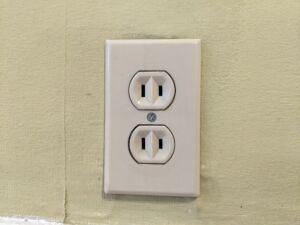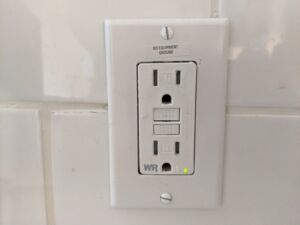
Electricians began using electrical wiring with a ground conductor, commonly known as grounded wiring, in the early 1960s. Prior to that, electrical systems predominantly utilized two-wire wiring systems without a dedicated grounding conductor. These systems consisted of hot (live) and neutral wires, but they lacked the additional grounding wire for safety purposes.
The introduction of grounded wiring was a significant development in electrical safety. The grounding conductor serves as a safety measure to redirect electrical faults, such as short circuits or electrical surges, safely into the ground, reducing the risk of electrical shock, fire, and equipment damage. It provides a dedicated pathway for excess electrical energy to be discharged. Due to the timeline for the introduction of this modern wiring, it is safe to assume that two wire electrical conductors that are present in homes today are older and may have since become deteriorated or damaged over this time. Due to this potential condition, the best solution to resolve two prong outlets and ungrounded wiring is to replace both systems with modern wiring and three prong receptacles.
The ideal solution to update these electrical systems is to replace the two-pronged outlets with three-pronged grounded outlets. However, this solution is only recommended if the wiring in place includes a grounding conductor. An electrician should inspect the wiring to ensure its suitability. Typically, in older homes with two pronged outlets, the conductors in place will lack this grounding conductor and re-wiring may be necessary. Rewiring with wiring that includes a ground is the preferred and ideal solution, but is also the most invasive and typically the most expensive.

In addition to safety concerns, two-pronged outlets may not support certain modern appliances or devices that require a grounded connection, such as computers or appliances with metal frames. The added benefit of updating your two-pronged outlets correctly with three pronged outlets is that occupants can utilize modern three-pronged plugs at these receptacle outlets.
